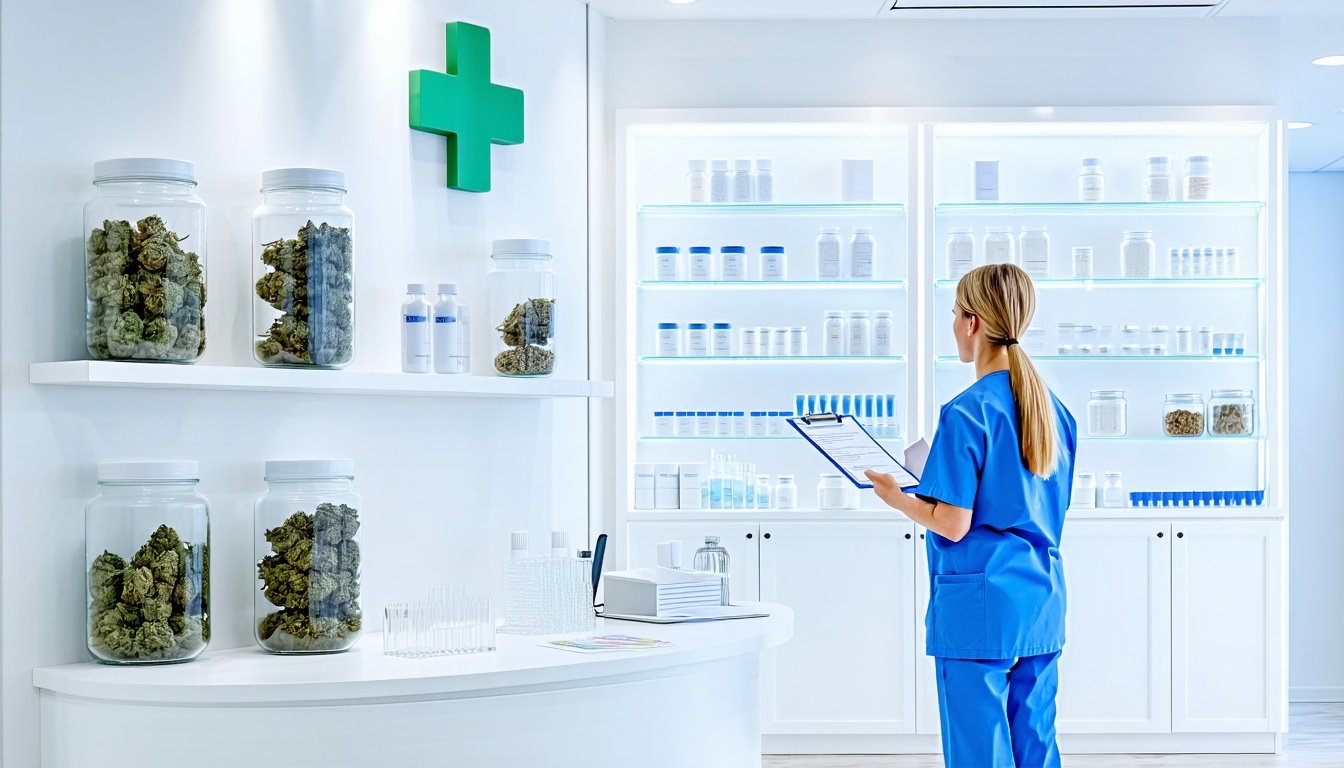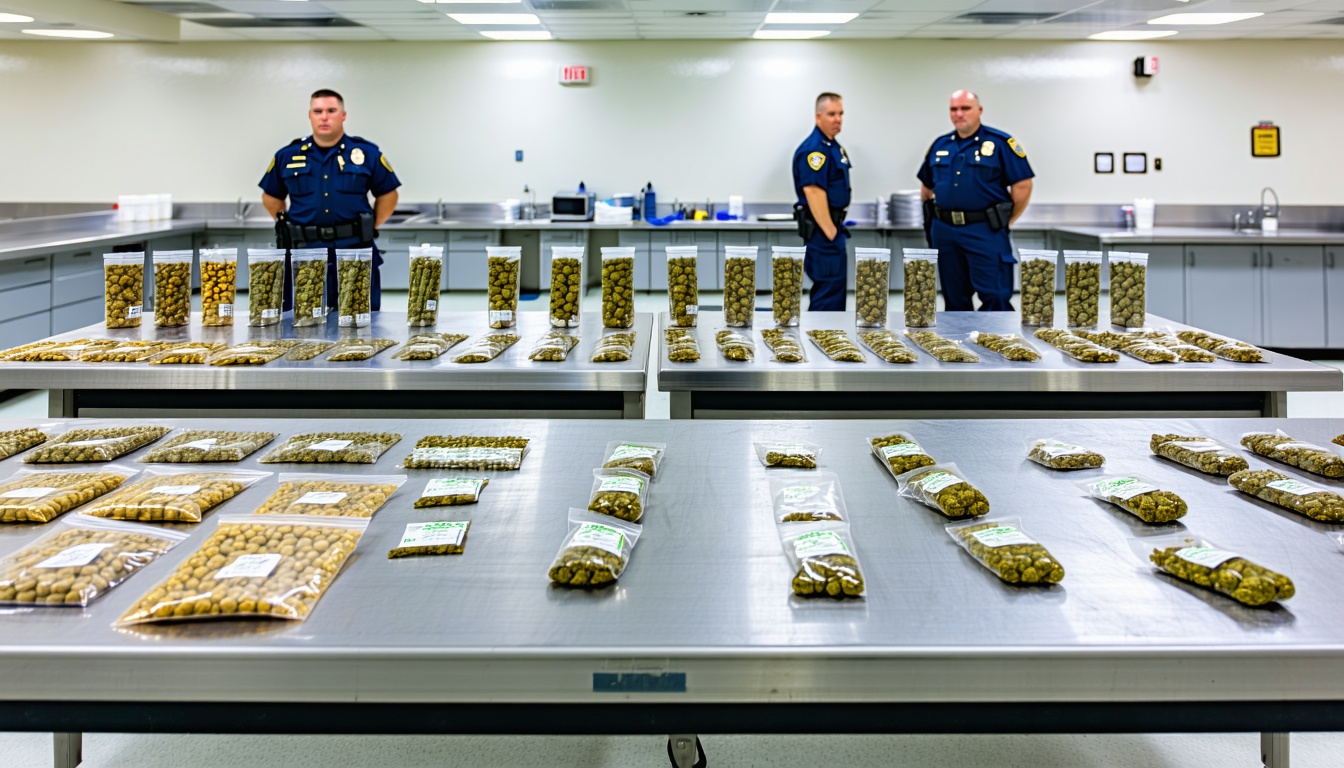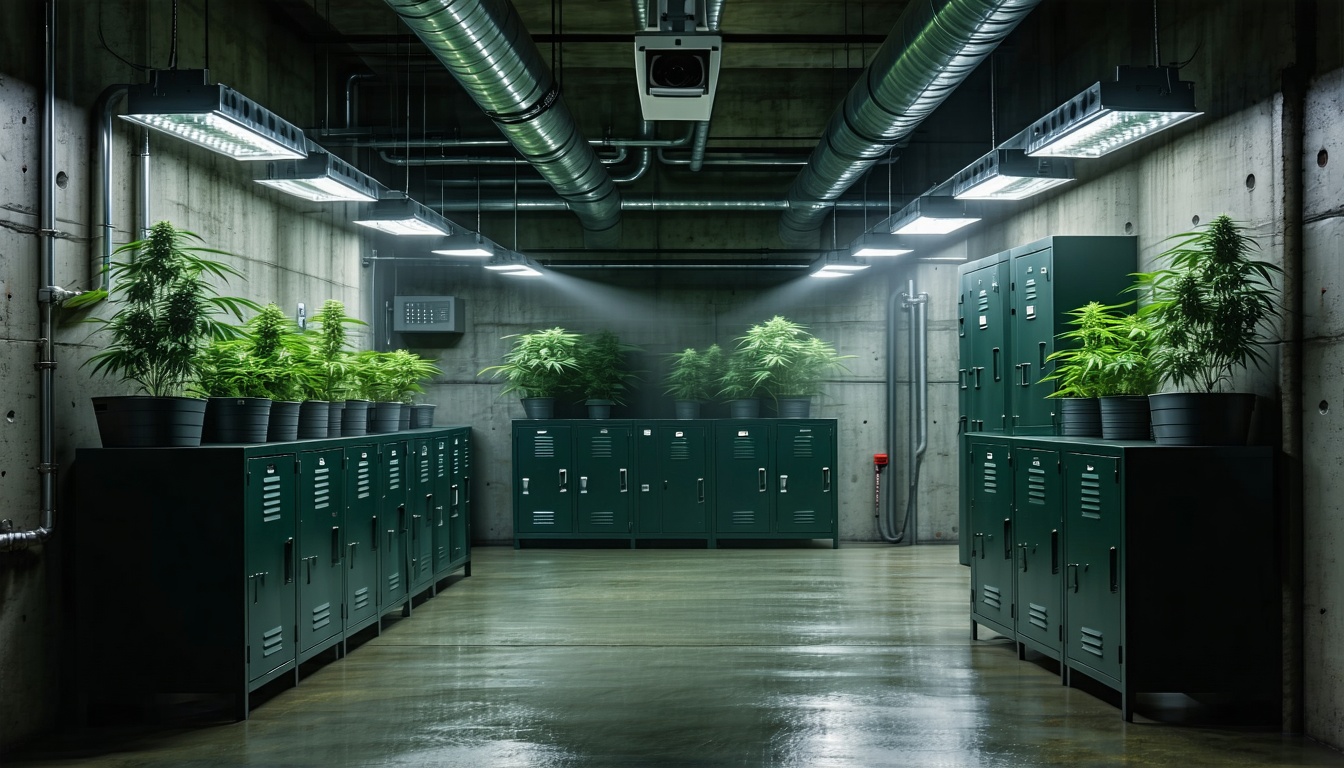As the cannabis industry continues to boom, growers are constantly seeking ways to maximize yields and enhance efficiency. One controversial tool in this pursuit is the use of Plant Growth Regulators (PGRs). While these chemical compounds offer enticing benefits for commercial operations, their drawbacks and potential risks are leading many to advocate for natural cultivation methods as the gold standard for quality cannabis.
The Promise of PGRs
Plant Growth Regulators, synthetic or natural compounds designed to manipulate plant growth, have gained traction in large-scale cannabis grows. These substances can control plant height, promote denser bud growth, and even accelerate flowering times.
“For a commercial grower, PGRs can be a game changer,” says Tom Willis, a cultivation consultant. “They allow for a more uniform canopy and bigger harvests, which translates to higher profits.” By controlling plant hormones like gibberellins and cytokinins, PGRs can produce cannabis with a visually appealing density that appeals to consumers seeking value for money.
Moreover, PGR-treated plants often show enhanced resistance to environmental stressors such as drought and nutrient imbalances, making them attractive to growers operating in less-than-ideal conditions.
The Hidden Costs of Bigger Buds
Despite these benefits, the use of PGRs comes with significant drawbacks—particularly when synthetic regulators such as paclobutrazol, daminozide, and chlormequat chloride are used. These chemicals have been linked to harmful health effects, leaving residue in the final cannabis product that can be harmful to consumers. As more cannabis products are subjected to rigorous safety testing, many synthetic PGRs are failing to meet regulatory standards.
Beyond safety concerns, PGRs are often criticized for sacrificing quality for quantity. “Buds grown with PGRs may look dense and impressive, but they usually lack the terpene richness and cannabinoid potency that connoisseurs and medical users value,” explains Dr. Susan Patel, a cannabis researcher. “The result is often a product that’s less flavorful and less effective.”
Environmental sustainability is another concern. Overuse of synthetic PGRs can degrade soil health, harm beneficial microbes, and disrupt local ecosystems, posing long-term risks to cultivation sites.
Natural Alternatives on the Rise
In response to the growing backlash against synthetic PGRs, many cultivators are turning to natural growth-promoting solutions. Organic alternatives such as kelp extracts, humic acids, and chitosan offer similar benefits without the health and environmental risks. These natural PGRs enhance plant growth while maintaining the integrity of the final product.
“Natural PGRs are a no-brainer for growers who care about quality and sustainability,” says Maria Gomez, owner of a boutique organic cannabis farm. “We’ve found that using natural methods not only produces a better product but also builds trust with our customers.”
Consumer Trends Favor Natural Cannabis
As awareness grows, consumers are demanding transparency and safety in their cannabis products. “People want to know what they’re putting into their bodies,” says Derek Chang, a cannabis retailer in Los Angeles. “Organic and naturally grown cannabis is becoming a premium market segment. The days of cutting corners with synthetic PGRs are numbered.”
For many cannabis enthusiasts, the visual appeal of dense, PGR-treated buds pales in comparison to the rich aroma and potency of naturally grown cannabis. “You can tell the difference,” says Chloe Ramirez, a regular cannabis consumer. “Natural cannabis just has that authentic feel—it’s smoother, tastier, and the effects are better.”
The Verdict: Nature Knows Best
While PGRs offer short-term gains in yield and efficiency, the long-term risks to consumer health, product quality, and the environment outweigh the benefits. For growers aiming to build a reputation for premium cannabis, embracing natural methods is the clear choice.
“Cannabis is a plant that thrives when nurtured naturally,” concludes Dr. Patel. “By focusing on organic cultivation and natural growth enhancers, growers can produce a safer, higher-quality product that aligns with consumer expectations and regulatory demands.”
As the industry matures, the trend is clear: quality and safety reign supreme, and nature’s way remains the best way forward. For the cannabis industry to truly flourish, natural cultivation practices must take center stage—proving that in the quest for the perfect bud, less is often more.











